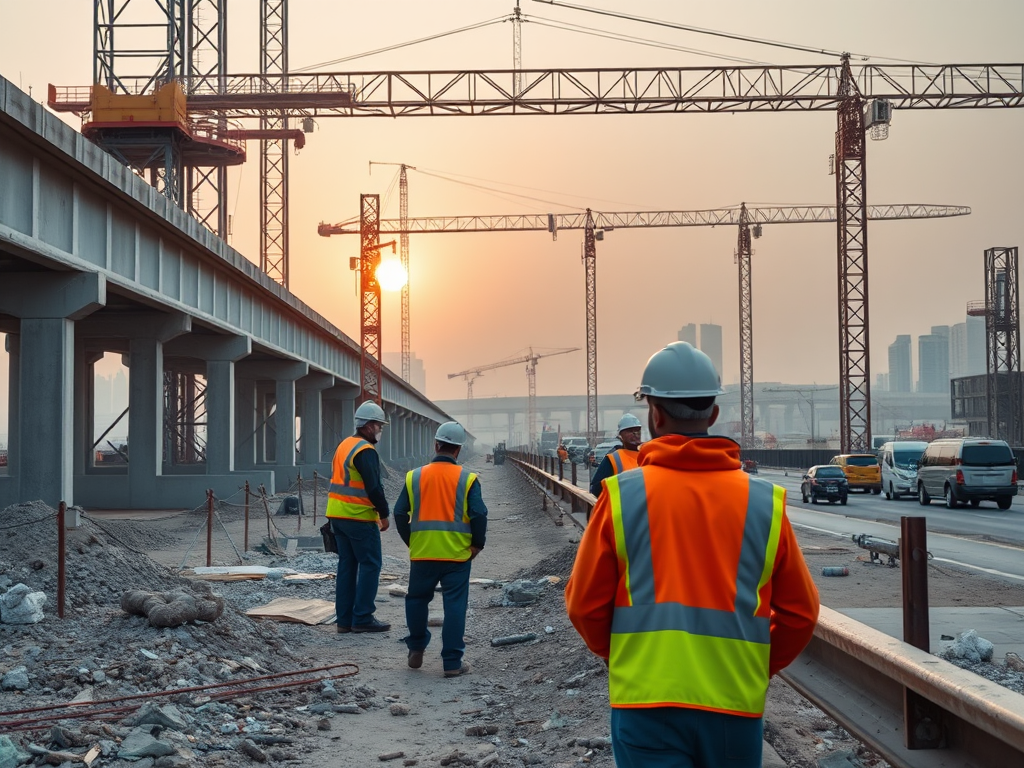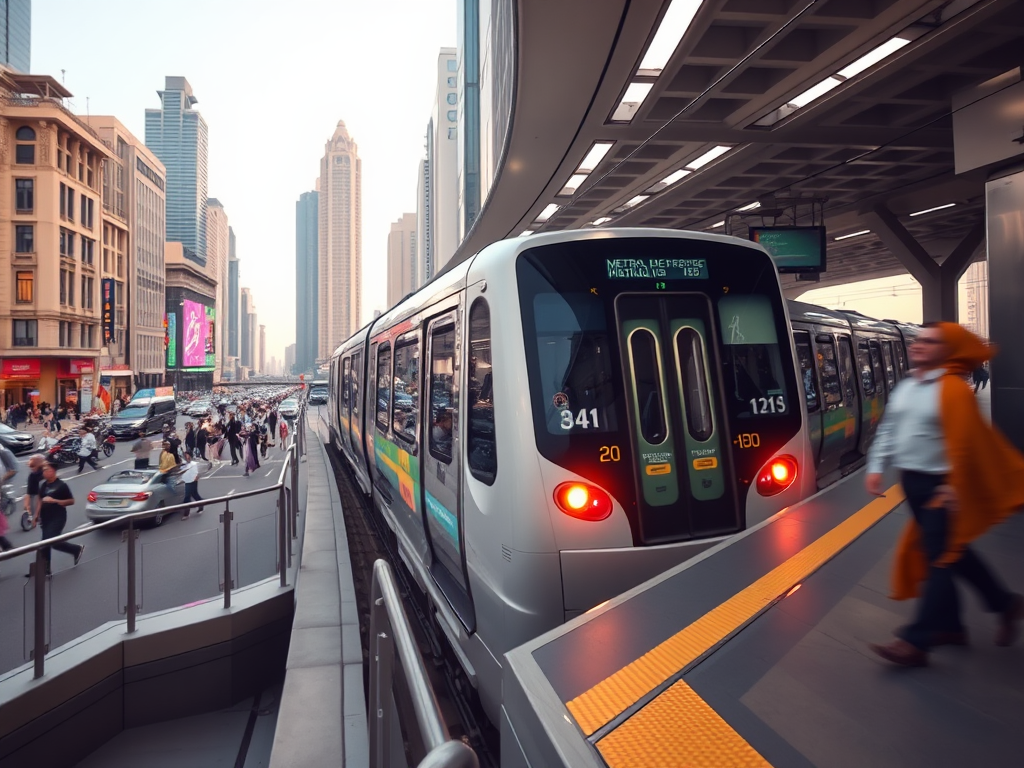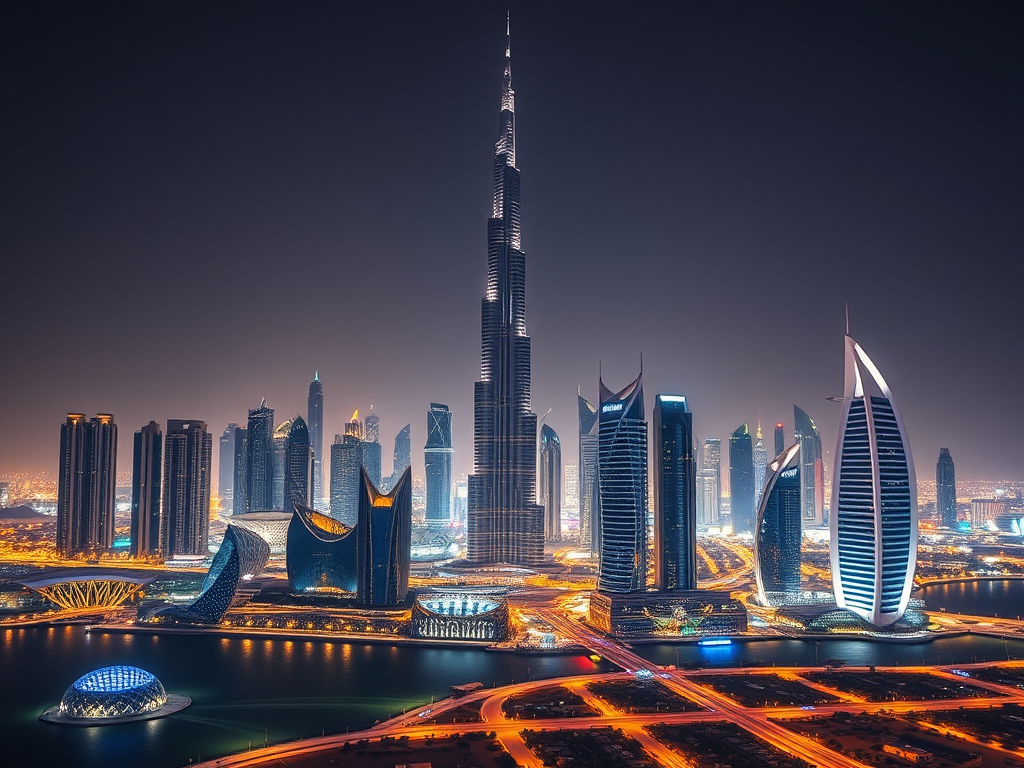Public-Private Partnerships (PPPs) have been integral to Dubai’s rapid development, fostering innovation and economic progress. By collaborating with private entities, the government can leverage financial resources, expertise, and efficiency that are often unavailable within public sector frameworks. This synergy has propelled infrastructure projects, tourism initiatives, and technological advances, making Dubai a world leader in urban development. The influence of PPPs extends beyond mere construction; they also encompass service delivery, management, and innovation in numerous sectors. Understanding their role sheds light on how Dubai has transformed into a global city known for luxury, business, and progress.
Understanding Public-Private Partnerships

Public-Private Partnerships are formal agreements between government entities and private sector companies designed to deliver projects or services that benefit the public. These partnerships are characterized by shared risks and responsibilities, with the primary aim of improving infrastructure and services. The appeal of PPPs lies in their ability to combine public oversight with private sector efficiency. Some distinguishing features include:
- Shared Investments: The financial burden of projects is often divided between public and private partners.
- Innovation and Efficiency: Private companies often implement innovative approaches that enhance service delivery and development timelines.
- Risk Management: Both parties share risks related to project execution, ensuring accountable and effective results.
- Long-term Relationships: Many partnerships are established over extended periods, fostering collaborative development and sustainability.
- Enhancing Public Services: The involvement of private entities often leads to improved public services and facilities.
The Impact of PPPs on Dubai’s Infrastructure

Dubai’s spectacular skyline and world-renowned infrastructure are testaments to the success of PPPs in the region. Major projects, such as the Burj Khalifa, Dubai Metro, and Palm Jumeirah, utilized public-private models to deliver on time and within budget. These projects demonstrate how PPPs have been architects of the city’s growth, covering various sectors including transportation, hospitality, and real estate. Specific areas highlighted by PPP initiatives include:
- Transportation: Partnerships have led to the implementation of the Dubai Metro, enhancing commuting efficiency.
- Utilities: The privatization of energy and water services has made these essential resources more efficient and reliable.
- Real Estate Development: Joint ventures in luxury housing and commercial properties have attracted international investment.
- Tourism: Iconic attractions developed through PPPs have fortified Dubai’s position as a prime tourist destination.
Challenges Faced by Public-Private Partnerships
Despite their advantages, PPPs are not without challenges. The complexity of these agreements can lead to conflicts and inefficiencies if not properly managed. Some noteworthy challenges include:
- Alignment of Interests: Finding common ground between public and private objectives can sometimes lead to discord.
- Regulatory Hurdles: Navigating through bureaucratic regulations to establish partnerships can be time-consuming and restrictive.
- Transparency Issues: The involvement of private entities raises concerns about transparency and accountability in project execution.
- Risk Allocation: Mismanagement of risk-sharing can result in project delays and budget overruns.
- Public Trust: Gaining public confidence in PPPs requires consistent communication and results that demonstrate tangible benefits.
Dubai’s journey with PPPs includes several noteworthy successes that serve as benchmarks for future projects. Some of these successful examples comprise:
- Dubai Metro: A mass transit system operated through a public-private partnership efficiently connects various districts, reducing traffic congestion.
- Dubai Airports: Partnerships in operating and expanding airports have transformed Dubai into one of the busiest aviation hubs globally.
- Healthcare Facilities: Collaborative efforts in constructing and managing healthcare facilities have significantly improved the quality of medical services available.
- Dubai Expo 2020: This monumental event was made possible through extensive public-private collaborations that drove infrastructure and tourism enhancements.
- Smart City Initiatives: PPPs are pivotal in developing smart technologies that bolster Dubai’s aim to become a global tech leader.
Conclusion
Public-Private Partnerships have played a crucial role in shaping Dubai into the thriving city it is today. By marrying public oversight with private sector innovation, PPPs have facilitated monumental infrastructure and service projects that define the region. While challenges exist, the benefits of effective collaborations cannot be underestimated. As Dubai continues to evolve, the reliance on PPPs is likely to grow, making them a pivotal aspect of future development strategies in the city and beyond.
Frequently Asked Questions
1. What are the key features of Public-Private Partnerships?
Key features include shared investments, innovation, risk management, long-term relationships, and enhanced public services.
2. How have PPPs influenced Dubai’s infrastructure projects?
PPPs have facilitated major infrastructure projects, improving efficiency, reducing costs, and enhancing the quality of services delivered.
3. What challenges do PPPs face in Dubai?
Challenges include aligning interests, regulatory hurdles, transparency issues, risk allocation mismanagement, and gaining public trust.
4. Can you give examples of successful PPP projects in Dubai?
Successful examples include the Dubai Metro, Dubai Airports, healthcare facilities, Dubai Expo 2020, and smart city initiatives.
5. What is the future of PPPs in Dubai?
The future of PPPs in Dubai looks promising as the city seeks to enhance its infrastructure and services, particularly through technology and sustainability initiatives.
